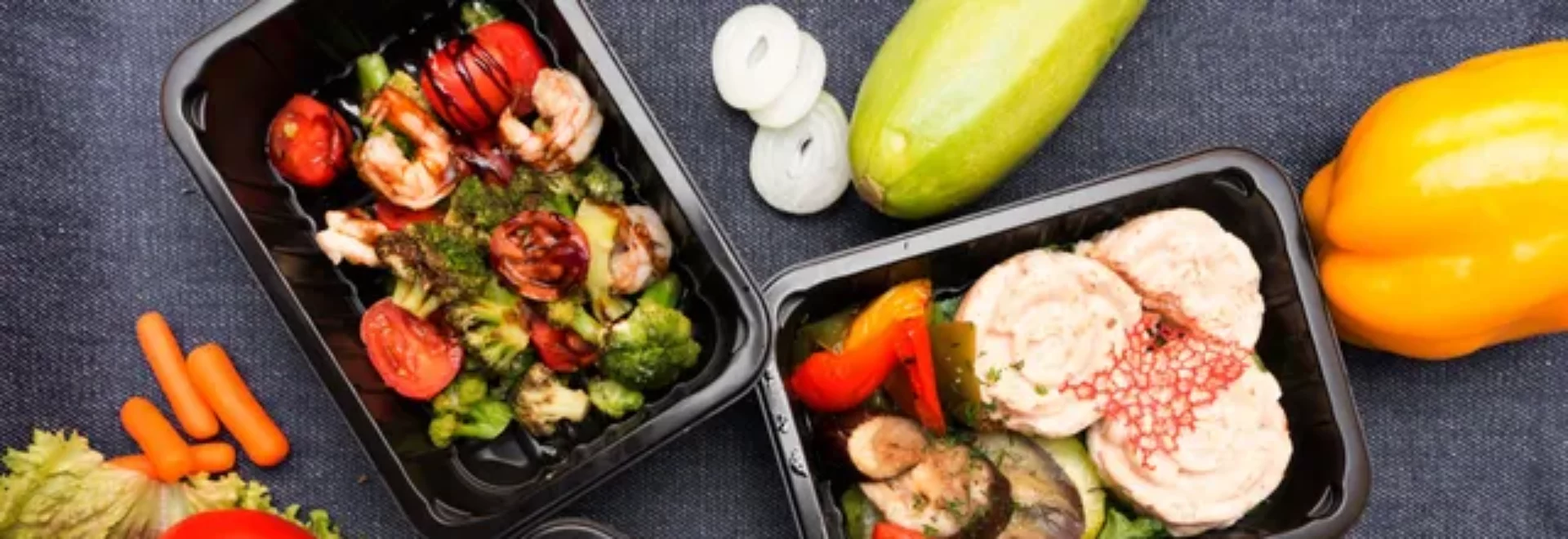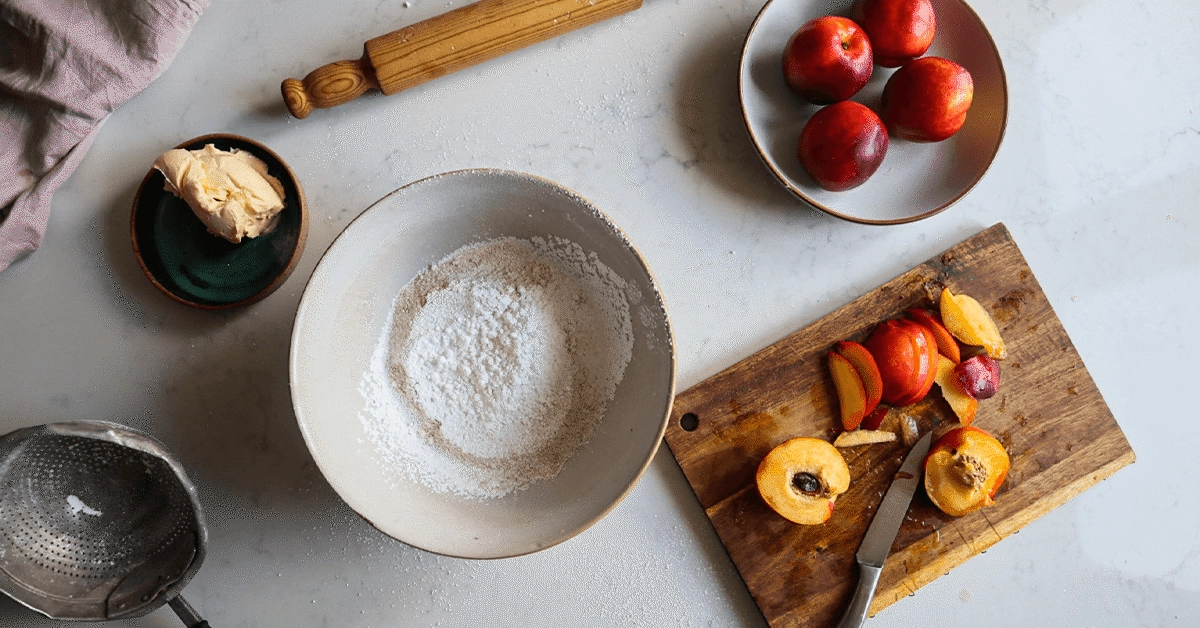The Most Common Mistakes When Making French Fries
French fries are a beloved comfort food enjoyed by people around the world. Whether you’re making them at home or in a restaurant, there are several common mistakes that can lead to disappointing results. we will explore the most frequent errors people make when making French fries and provide you with tips to achieve crispy, golden perfection.

1. Choosing the right potatoes
One of the initial mistakes when making French fries is selecting the wrong type of potato. Potatoes with a high starch content, such as Russets, are ideal for crispy fries. Avoid using waxy potatoes, like red or fingerling potatoes, as they tend to retain moisture and result in soggy fries.
2. The importance of proper washing and drying
Before cutting the potatoes into fries, it’s crucial to wash and dry them thoroughly. Failing to remove excess dirt and moisture can affect the crispiness of the final product. Use a vegetable brush to scrub the potatoes under running water, and then pat them dry with a clean kitchen towel.
3. The thickness of the fries
The thickness of the fries plays a significant role in their texture. Cutting them too thin can lead to burnt fries, while cutting them too thick might result in undercooked centers. Aim for uniformity by using a sharp knife or a mandoline slicer to create fries that are approximately 1/4 inch thick.
4. Soaking the potatoes
Soaking the cut potatoes in cold water before frying helps remove excess starch, resulting in crispier fries. Submerge the fries in a bowl of cold water for 30 minutes to an hour. This step also helps prevent the fries from sticking together during frying.
5. The temperature of the oil
Maintaining the correct oil temperature is crucial for achieving crispy fries. Heat the oil to around 325°F (163°C) for the first fry. If the oil is too hot, the outside of the fries will burn before the inside is fully cooked. Using a deep-fry thermometer ensures accuracy.
6. Crowding the fryer
Overcrowding the fryer is a common mistake that can lead to uneven cooking and soggy fries. Fry the potatoes in small batches, allowing enough space for the fries to move around freely. This ensures that the oil temperature remains consistent, and the fries cook evenly.
7. Monitoring the cooking time
Timing is essential when frying French fries. The cooking time will depend on various factors, including the thickness of the fries and the temperature of the oil. Keep a close eye on the fries and remove them from the oil once they turn a golden brown color.
8. Not using a thermometer
Many people rely on guesswork to determine the doneness of their fries, but using a thermometer is more accurate. Invest in a kitchen thermometer to check the internal temperature of the fries. They should reach around 210°F (99°C) to ensure they are cooked through.
9. Neglecting to season the fries
French fries without seasoning can be lackluster. Don’t forget to season the fries with salt immediately after they come out of the fryer. The heat will help the salt adhere to the surface, enhancing the flavor.
10. The impact of improper frying techniques
Using the wrong frying techniques can negatively affect the quality of French fries. Avoid flipping the fries too often, as this can lead to breakage and loss of crispiness. Instead, gently shake the fryer basket or flip them once during the cooking process.
11. Avoiding pre-frying steps
Skipping pre-frying steps, such as blanching or parboiling, can result in fries that are not as crispy as desired. These steps help remove excess starch and partially cook the potatoes, setting the foundation for a crisp exterior.
12. Not draining the fries properly
After frying the potatoes, it’s essential to drain them properly to remove excess oil. Transfer the fries to a wire rack or a plate lined with paper towels. This allows any remaining oil to drip off and helps maintain the fries’ crispness.
13. Serving the fries immediately
French fries are at their best when served immediately after frying. Allowing them to sit for too long can cause them to lose their crispiness. Serve the fries hot, straight from the fryer, and enjoy them while they are still piping hot.

Making French fries may seem simple, but avoiding common mistakes is key to achieving perfect results. By choosing the right potatoes, properly washing and drying them, controlling the thickness, soaking, and frying at the correct temperature, you can create delicious, crispy fries every time. Remember to season them, follow proper frying techniques, and serve them immediately for the best experience.
FAQs
1. Can I use any type of potato to make French fries? While you can technically use any potato, it’s best to choose starchy varieties like Russets for crispy fries.
2. How long should I soak the potatoes before frying? Soak the cut potatoes for 30 minutes to an hour to remove excess starch.
3. Can I reuse the frying oil? Yes, you can reuse frying oil, but make sure to strain and store it properly. Avoid using oil that has a strong odor or has been used multiple times.
4. Can I bake French fries instead of frying them? Yes, baking French fries is a healthier alternative. However, they may not achieve the same level of crispiness as fried fries.
5. Can I freeze French fries before frying? Yes, you can freeze cut potatoes before frying. Make sure to blanch them briefly before freezing to preserve their texture.



